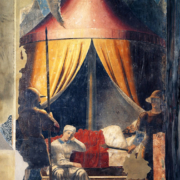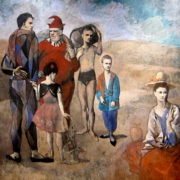Supervision of institutional groups: myths and dreams
Abstract
Just as the vertice of the dreamer is not the same as the one the dreamer finds himself in when he wakes up, and the vertice of the artist is not that of the interpreter of the work of art, in the same way the vertice of associations is not the same as the vertice of the psychoanalyst carrying out interpretations and the vertice of the creator of the myth is not the same as the one of the person who attempts to reformulate it, contributing to the transformations that occur in the course of institutional supervision. Viewed in this light, institutional myths become elements for the understanding of the basic functioning of the service. And if a non-rigid myth presents itself in the course of supervision, this helps professionals and the group to treat their patients. However, the discovery of a rigid myth can also sometimes give the supervisor an opportunity to make it interpretable, thereby offering it up to the understanding of the group, in an attempt to unblock it Read more



